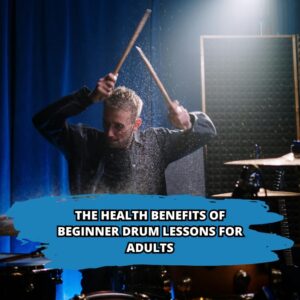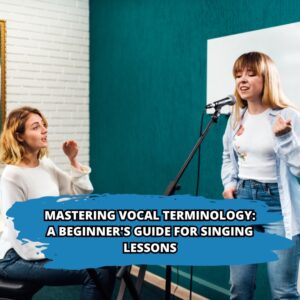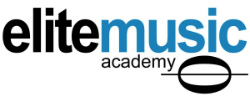Structured learning is one thing, but there is something unique about drum circles that provide a different experience beyond what you can receive from Toronto drum lessons. While there’s always a special connection made when people gather for the purpose of creating music, community drumming is actually a little different. Drum circles specifically are more for the purpose of living in the moment playing rather than performing for an audience. While performed on a wide variety of percussive instruments, hand drums like djembes, dumbeks, congas, bongos, and many others are popular choices for playing in a drum circle. There is no teacher and there are no students. There is just a group of people (often strangers), drums, and a unique opportunity to tap into the healing power of music.
While incredibly entertaining to both listen and participate, drum circles do so much more than just offer a pleasurable experience. The emotional benefits of drum circles are truly remarkable. Medical doctors utilize drum circles as a method for stress reduction. The act of drumming can be more about channeling personal expression and feelings than creating music.
Physically, there are studies that show the power of drum circles in the healing process. Cancer researchers have found that participation in drum circles produces an increase in cells that kill cancer in the body! The help that they provide in boosting the human biology is absolutely amazing! Check out this site that talks about this research here.
Drum Circles have brought about social and community healing as well. Native American drumming has involved multiple individuals and a collective rhythmic voice for centuries. There’s no denying that drumming has been historically viewed in Native American circles with a spiritual focus. The spirituality of drumming hasn’t been lost throughout the years, and even today. Beyond the spiritual approach however, the influence these circles have on forging relationships, and bonding individuals in a community are also very important. Additionally, from a social perspective, these circles work well to promote fairness, healing, bonding and conflict resolution.
As you can see, there are multiple reasons for participating in drum circles. Whether it’s simply for love of music and percussion, for physical or emotional health benefits, or as a means of healing communities of people or solving conflict, there’s a circle for you. The movement for these circles and their health benefits is an expanding field in the United States and abroad. In many communities, a few people agree to simply gather at a certain time and place and begin to “jam.”
Other than a few drum circle tips, there’s no official lesson needed to participate and there’s no need to feel uncomfortable. The fun part is seeing where the rhythm will lead and how it will progress. There is no teacher and the true lesson learned is through the healing from so many different angles. It’s the collective rhythmic voice that makes the decisions on where the music will go. Not only is this type of drumming incredibly healing for the body and mind, but it is just an absolutely wonderful experience and a lot of great fun!
Elite Music Academy Provides the Best Hand Drum Lessons in Toronto










One Response
Hi there,
I really enjoyed reading this article and would like to get more involved in drum circles. Do you know of any that happen on a regular basis? Does Elite Music Academy offer drum circles?
Thanks,
Ryan